I'm using an Arduino Nano 3.0 and some shift registers to make Snapple bottles, phone cords, and LEDs into a customizable mood light. I think it would be an excellent weekend project, and can probably be completed with parts you have laying around. Also it is highly scalable, you can have more or less LEDs by just adjusting the number of shift registers to match. I'm going to try to explain as much as I can about the inner workings of the project, making it ideal for beginners to learn about the digital world. I'm going to be using it to teach my friends that are eager to learn about binary and code in general, as well as a fancy light for the h@x workbench
Trash light
Using throwaway materials and electronics, create a custom mood light that emphasizes recycling/upcycling
 j0z0r pwn4tr0n
j0z0r pwn4tr0n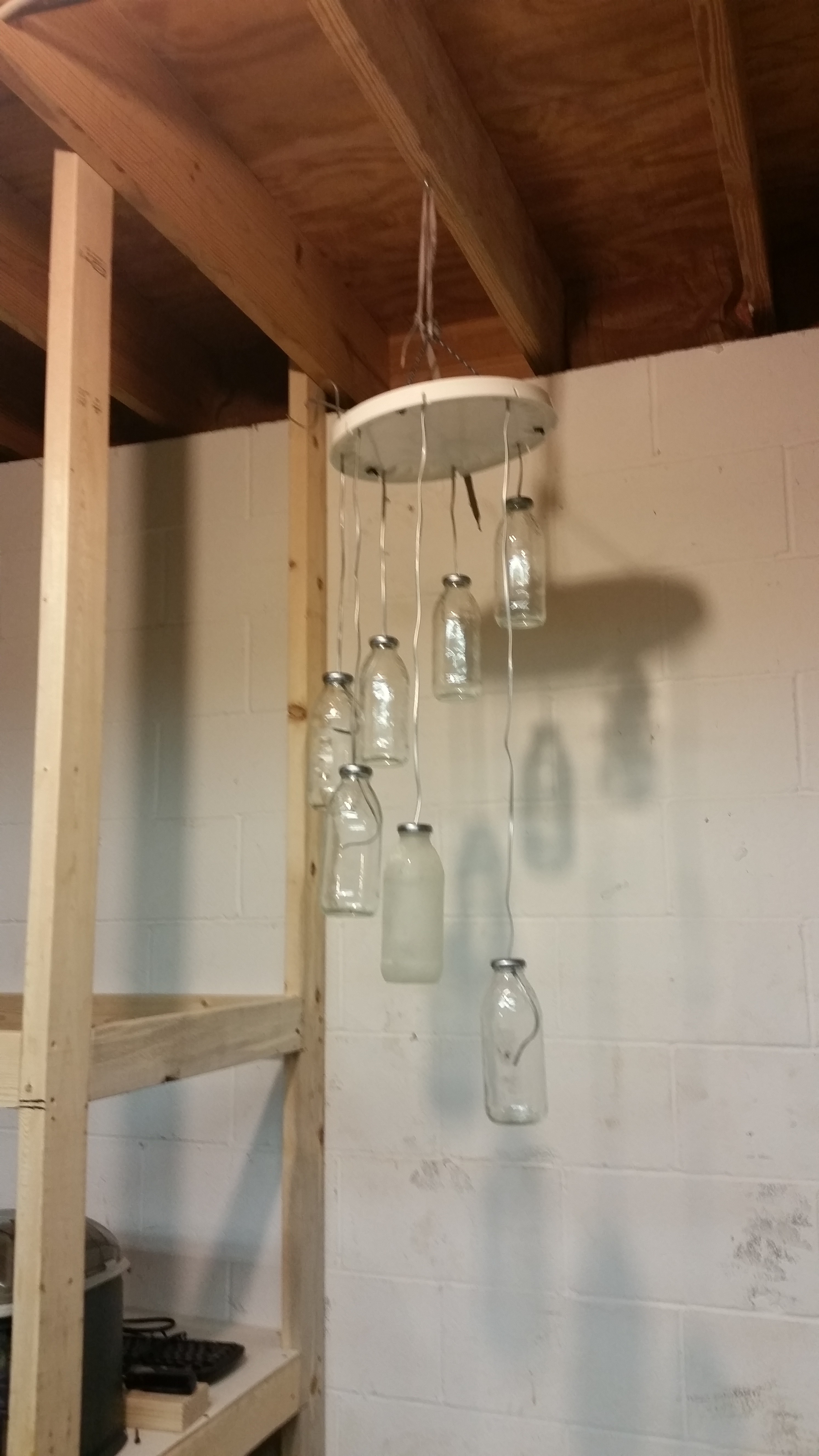
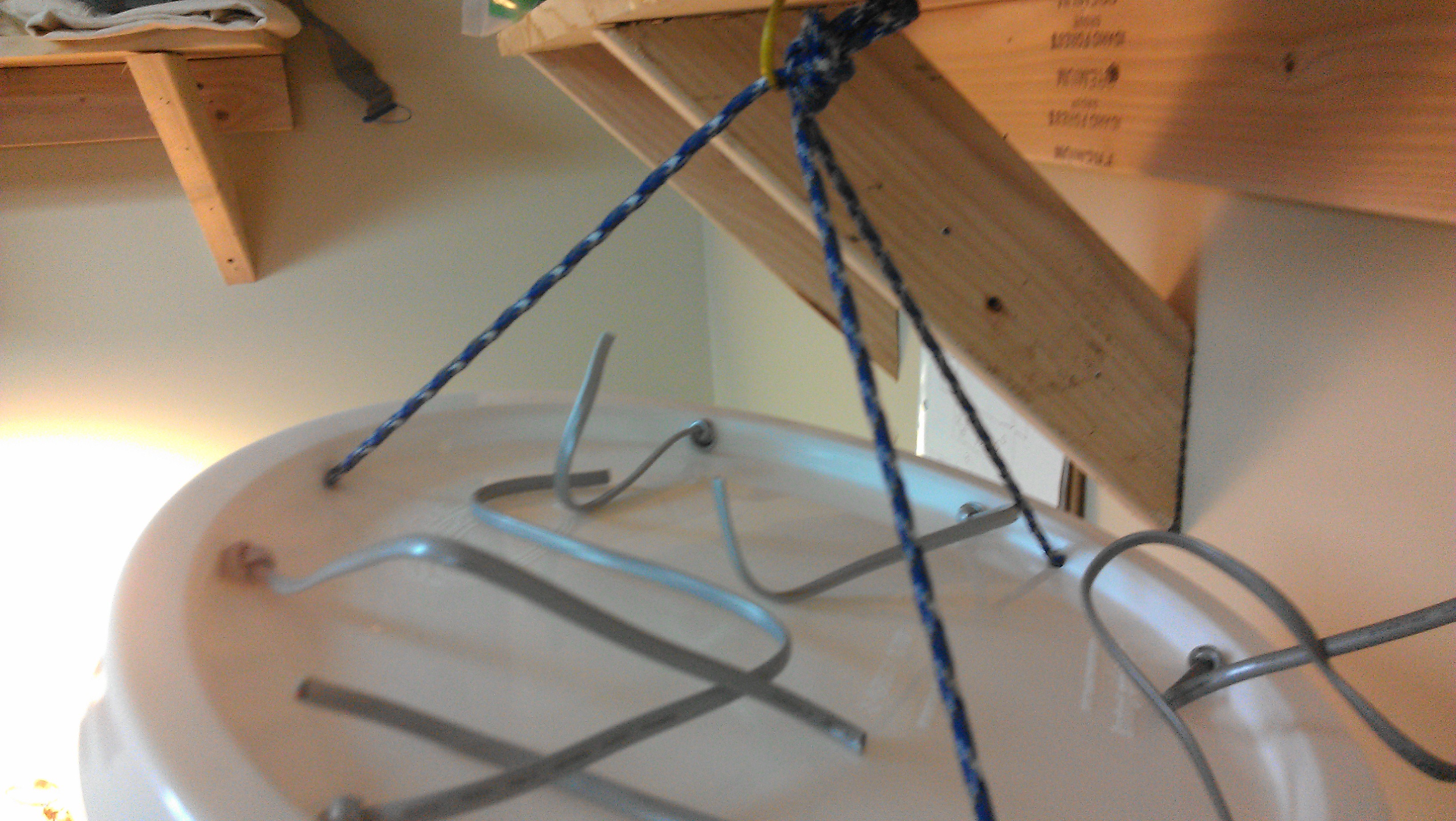

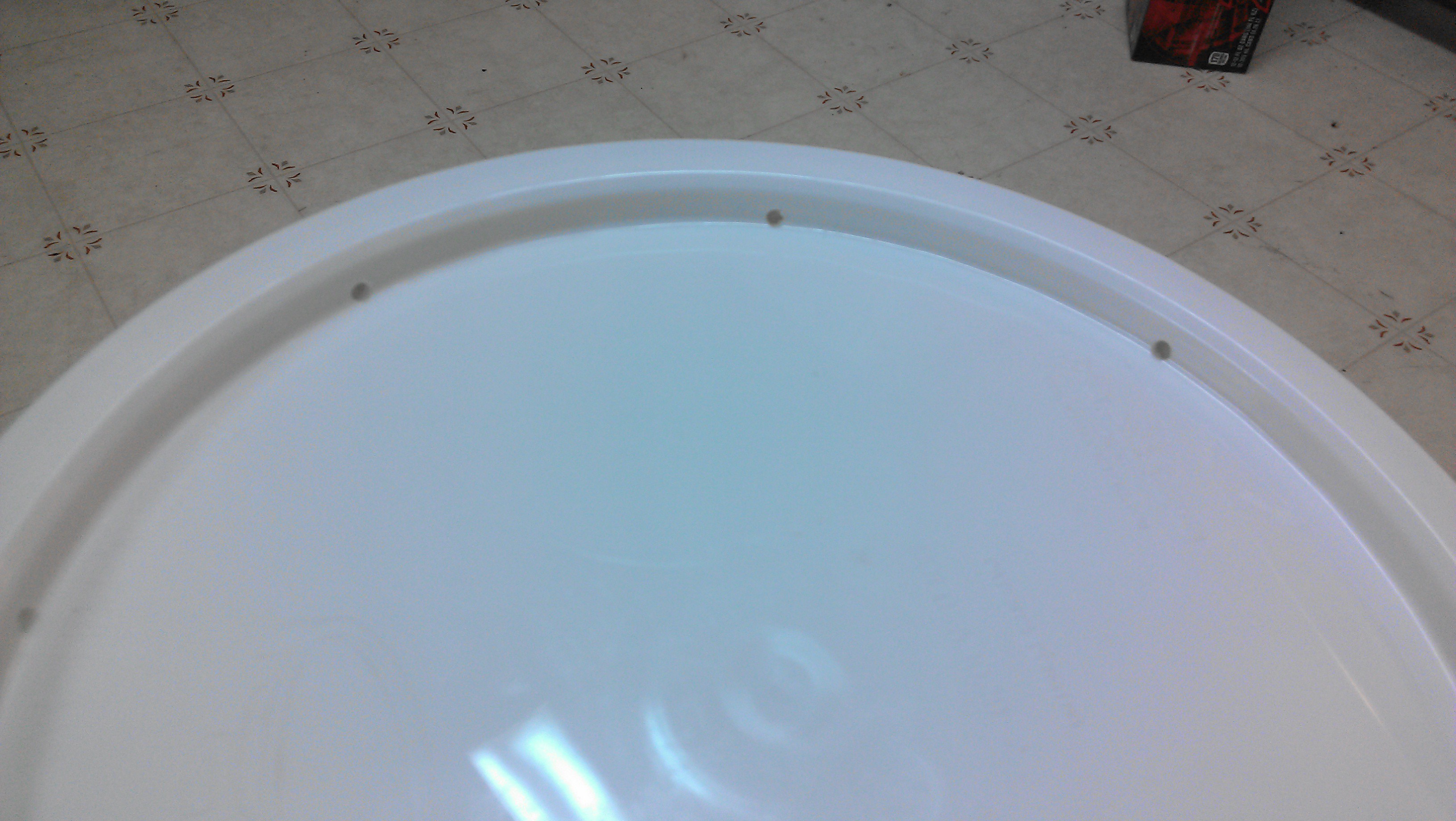
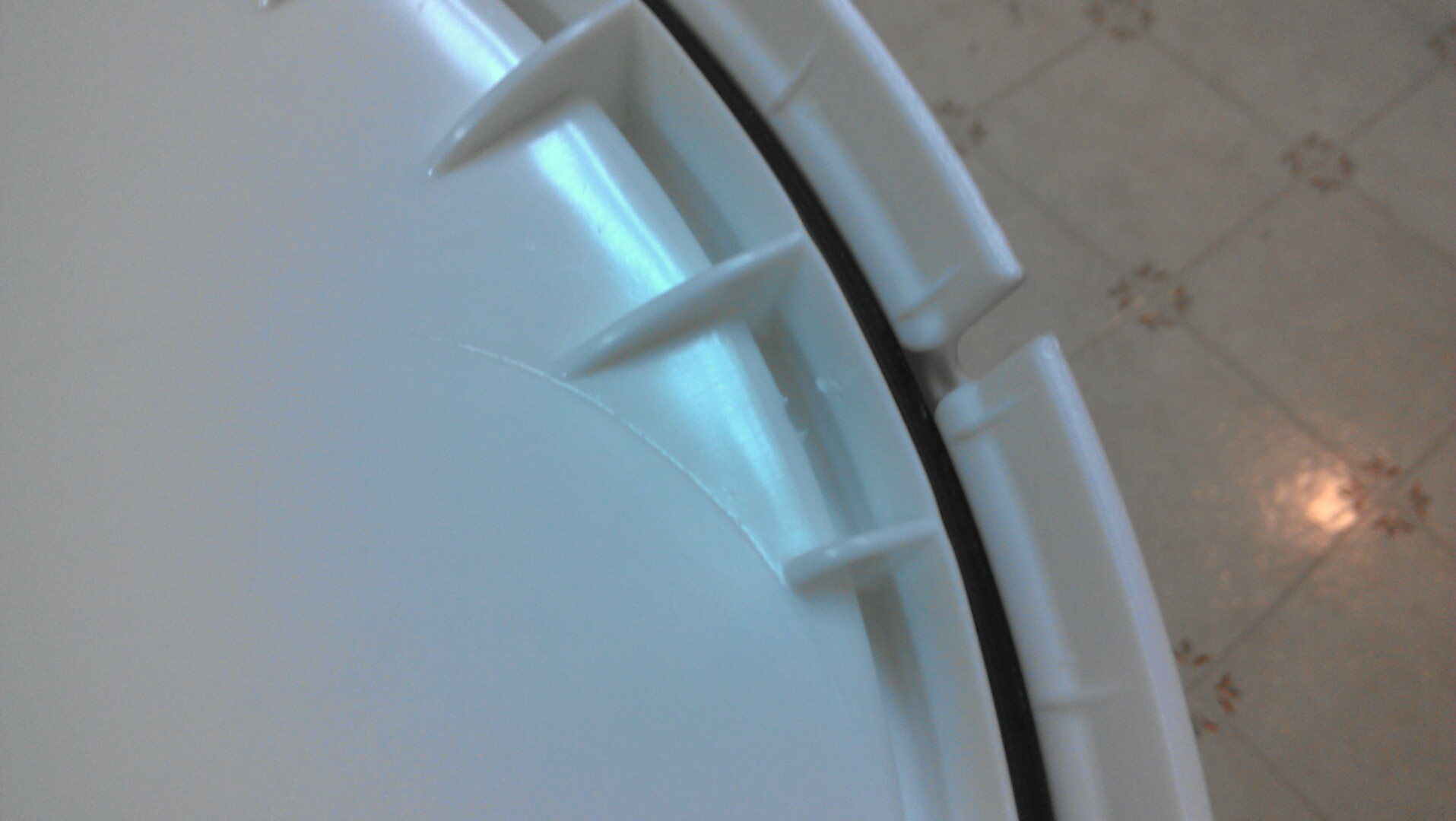


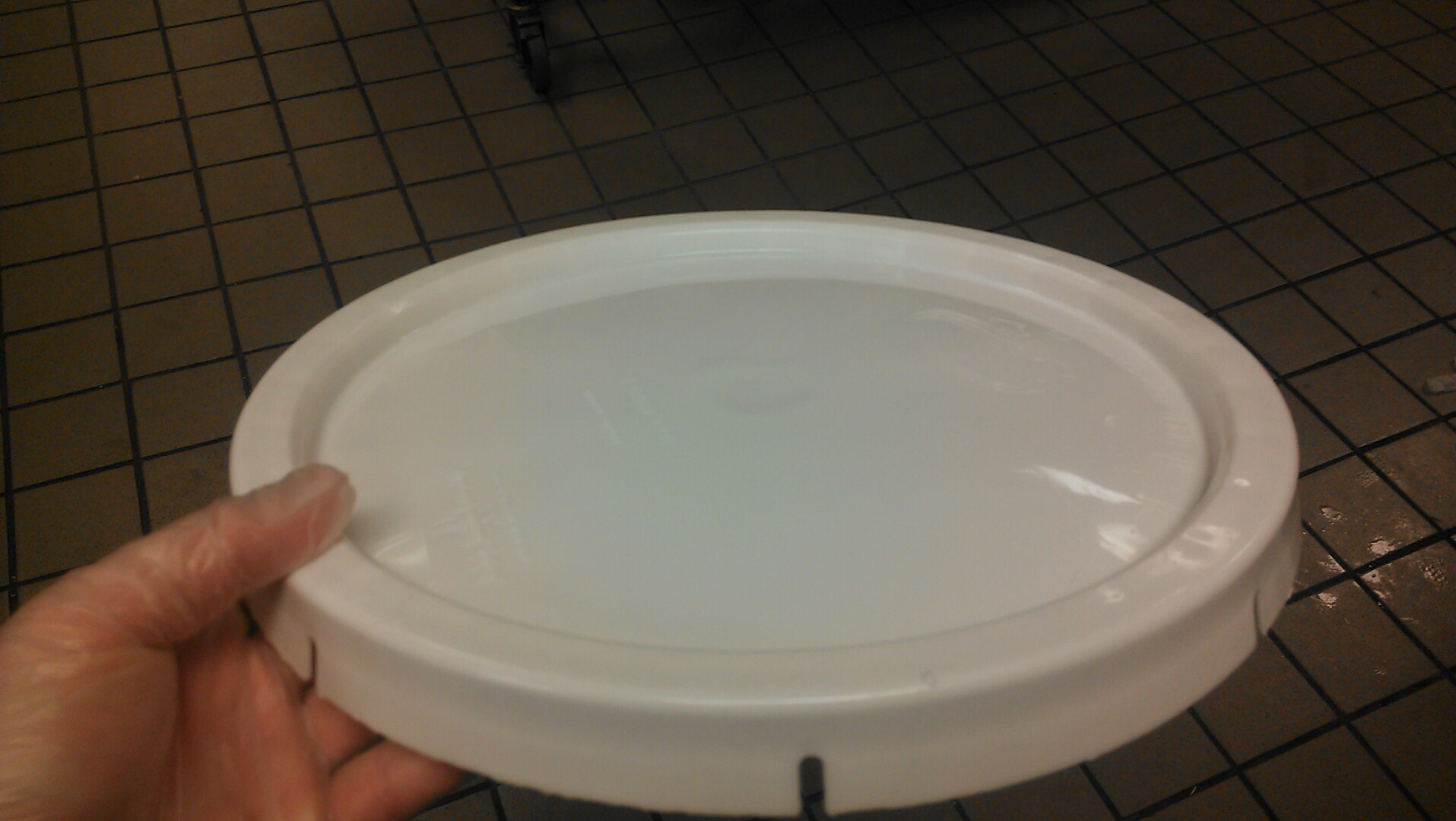





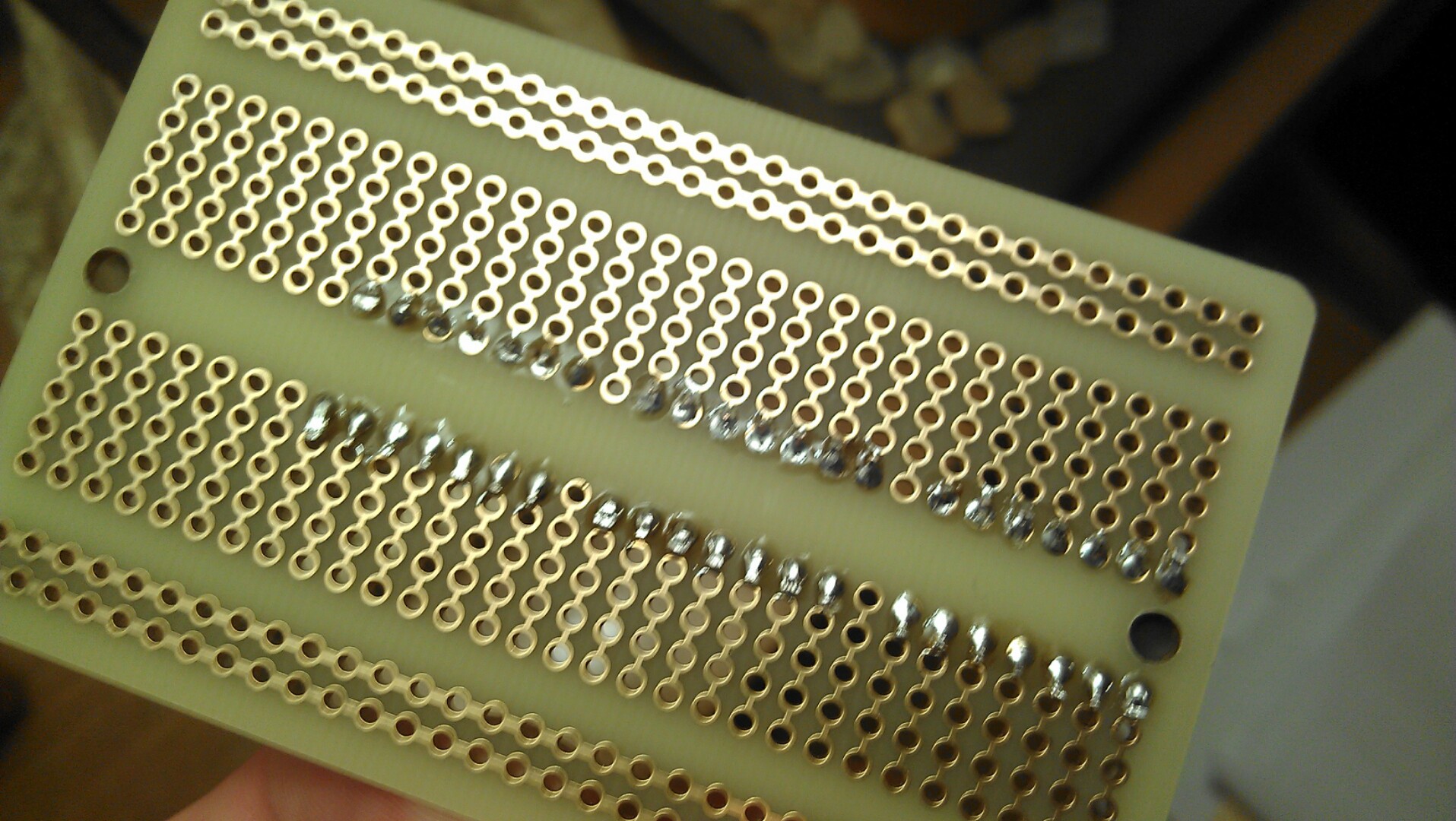
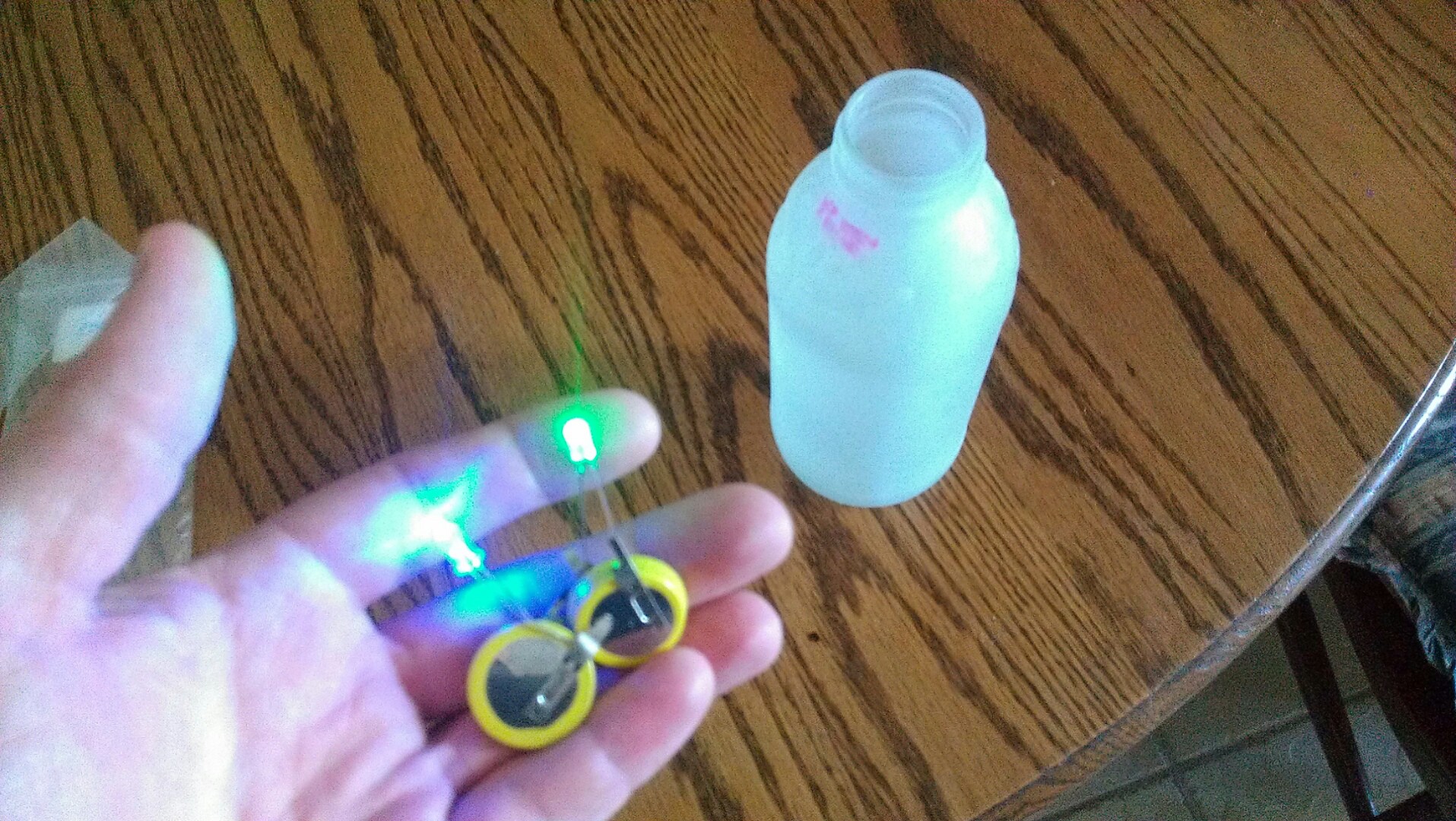
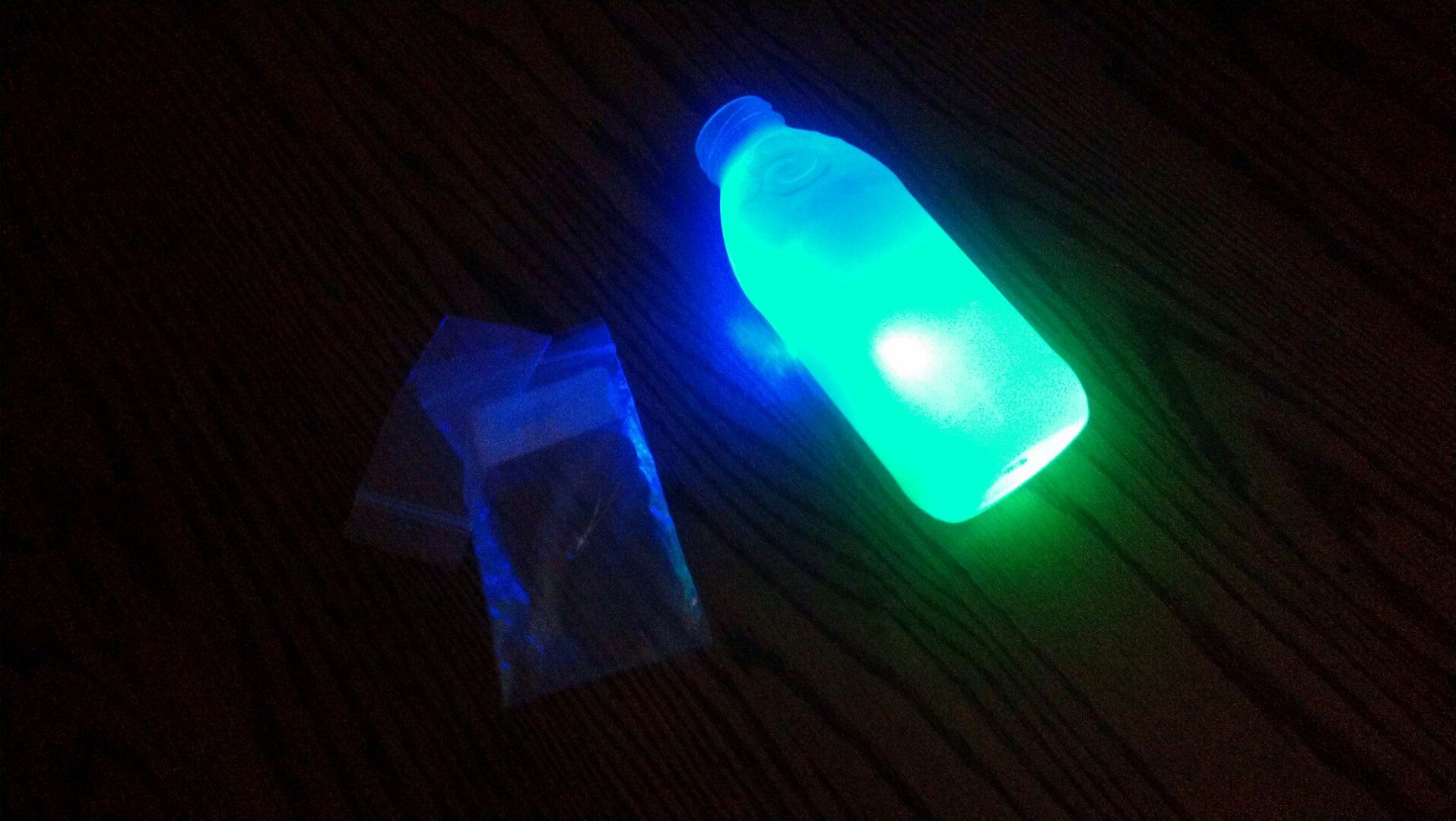
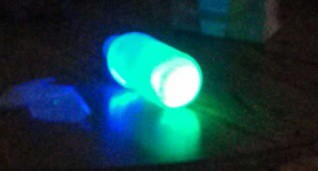


 ZaidPirwani
ZaidPirwani
 ssutton4455
ssutton4455
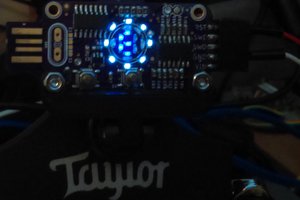
 rrace001
rrace001